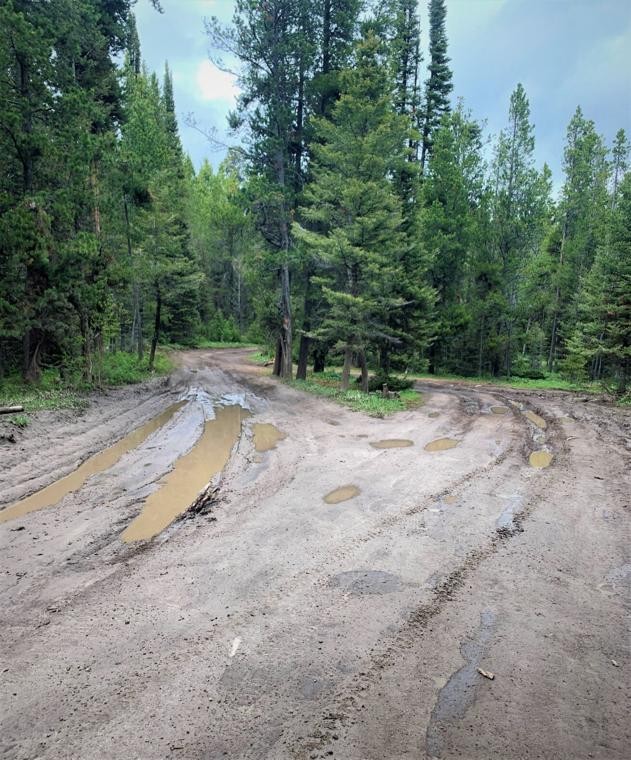With snow melting at lower elevations, the urge to get out on the Forest creates the need for everyone to respect our natural resources through responsible outdoor behavior. Winter is still alive and well at higher elevations. Take for instance the Ashton/Island Park area, which still has over a foot of snow on many of the roads. This also includes paved roads, like the Mesa Falls Scenic Byway, which will not open until the middle part of May.
Visitation to the Caribou-Targhee National Forest is increasing as more individuals turn to the outdoors to rid themselves of cabin fever. “We ask that people be considerate and recreate responsibly,” said Mel Bolling, Caribou-Targhee Forest Supervisor. “Many forest roads are still covered in snow. Those that aren’t, are in the awkward time between snowmelt, mud and dry conditions, and severe resource damage is possible.”
Know the rules before you go! Soggy spring conditions on trails, roads and hillsides leave land and water resources in a vulnerable condition. Vehicle use on saturated trails, roads and hillside areas can easily damage the land causing permanent ruts, bog holes and erosion. Driving cross-country by motorized wheeled vehicles is prohibited on National Forest lands. This includes driving off-road to avoid a mudhole or snow drift which damages resources, creates ruts and is considered an unauthorized route. Ruts and bogs create additional maintenance needs that are costly to repair. Regardless of how many times you’ve visited the area in the past, you need to consider the current condition of the trails or roads you intend to use.
The Forest asks users to stay on designated travel routes and use good judgment regarding travel on roads and trails.
Take a moment to contact your local ranger district before heading out. Several winter wildlife closures remain in place to protect wildlife. Activities such as shed hunting in these areas can have major impacts on already weakened animals that have used much of their energy reserves to survive the winter. Additional closures or restrictions can be made at any time for resource protection or public safety.



